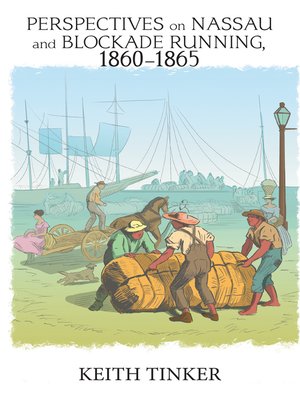
Sign up to save your library
With an OverDrive account, you can save your favorite libraries for at-a-glance information about availability. Find out more about OverDrive accounts.
Find this title in Libby, the library reading app by OverDrive.



Search for a digital library with this title
Title found at these libraries:
| Loading... |
Blockade running to Nassau provides a review of national and international events in which the small, traditionally poor British colonial outpost in the Bahamas became a pivotal transshipment point for the movement of supplies and commodities between the federal-blockaded confederate states and merchant houses, commodity markets, and shipyards in a technically neutral Great Britain. During the American Civil War (1860–1865), Nassau benefitted significantly from facilitating the brisk international trade through warehouse storage, handling, and collection of brokerage fees and taxes. Thousands of international guests descended upon the colonial island capital to buy and sell critically demanded supplies of cotton destined for English mills and arms, food, medicines, and other essential goods denied the Southern states. Nassau thrived economically during the period, drawing hundreds of people from other islands in the chain to migrate to Nassau in search of employment. As a result, many out-island communities were abandoned as the demographic shift divided families when parents left children in the care of other kin or friends to follow the "yellow-brick road" leading to Nassau. Crime levels and food prices rose significantly during the years of conflict. In 1865, the conflict ended, the blockade was lifted, and the transshipment of goods through Nassau ceased. Once again, the islands reverted into abject poverty, leaving many unemployed still settled in overcrowded conditions in Nassau. Adding insult to injury, a hurricane devastated the islands that year and virtually destroyed many of the infrastructural public work improvements implemented with the increased public purse created by facilitation of the blockade running activities of the previous years.






